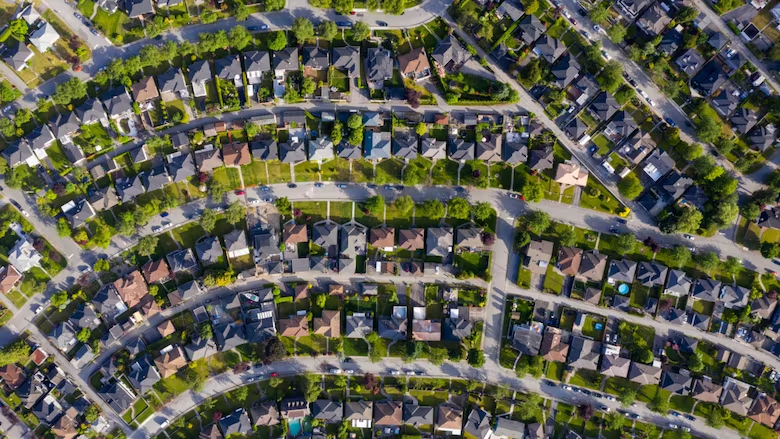
How OSFI's Mortgage Stress Test Impacts Homebuyers in 2025
In early 2025, the Office of the Superintendent of Financial Institutions (OSFI) raised the minimum qualifying rate for uninsured mortgages from 5.25% to 6.75%. The decision comes amid concerns over household debt levels and market volatility, particularly in major metropolitan regions like Toronto, Vancouver, and Montreal.
This adjustment has immediate implications for first-time buyers, many of whom now find themselves priced out of their desired markets. According to national mortgage brokers, up to 30% of applicants who would have previously qualified under the old rules are no longer eligible. This has driven renewed interest in co-ownership models and credit unions.
Beyond individuals, real estate developers and financial institutions are re-evaluating their risk models. The higher threshold is expected to temper demand and cool overheated regions, though critics argue it could further exacerbate the housing supply-demand imbalance by disincentivizing new builds.
Policy-wise, OSFI justifies the move as a preventative measure against systemic risk. Canada has long been lauded for its prudent banking system, and this adjustment is meant to preserve that reputation. However, affordability advocates have expressed concern that these rules disproportionately affect young families and newcomers.
As of Q2 2025, housing prices are beginning to flatten in high-risk areas. Experts anticipate a period of market recalibration, where lenders, buyers, and regulators will need to strike a delicate balance between risk mitigation and accessibility. Homebuyers are advised to work with mortgage advisors to reassess their financial standing and explore alternative lending channels.